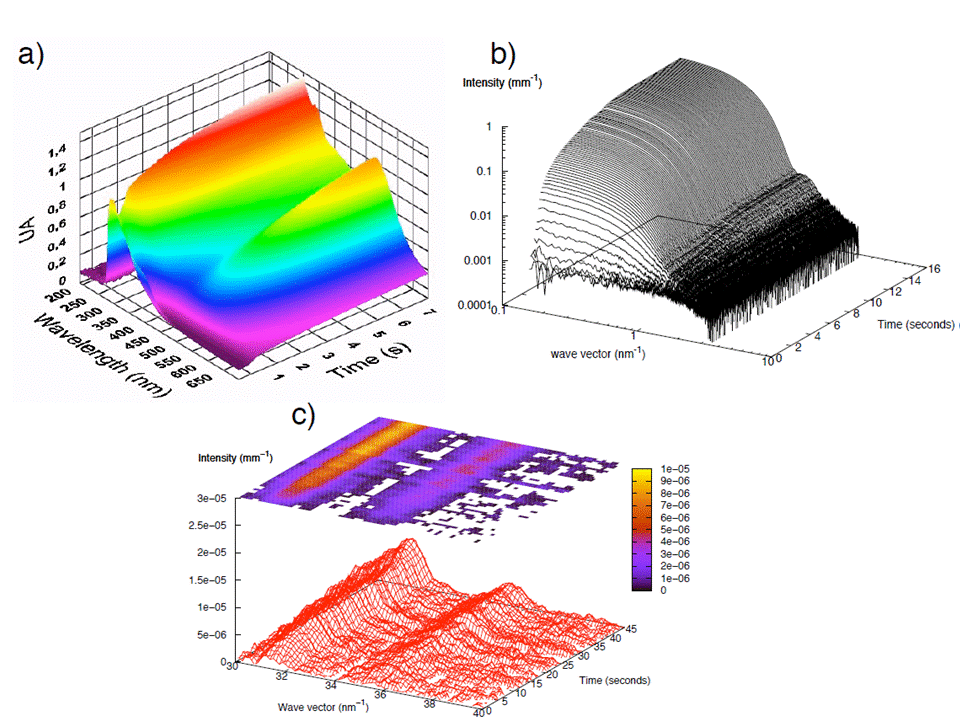
X-rays are used to investigate the structural properties of solids, liquids or gels. Photons interact with electrons, and provide information about the fluctuations of electronic densities in heterogeneous matter. A typical experimental set-up is shown on Figure : a monochromatic beam of incident wave vector is selected and falls on the sample. The scattered intensity is collected as a function of the so-called scattering angle 2 teta.
The scattered intensity I(q) is the Fourier Transform of the correlation function of the electronic density.
Small angle scattering experiments are designed to measure I(q) at very small scattering vectors in order to investigate systems with characteristic sizes ranging from crystallographic distances (few Å) to colloidal sizes (up to few microns).
• UMR 3299 - Service Interdisciplinaire sur les Systèmes Moléculaires et les Matériaux • Service Interdisciplinaire sur les Systèmes Moléculaires et les Matériaux
• Interdisciplinary Laboratory on Nanoscale and Supramolecular Organization • Laboratoire Interdisciplinaire sur l'Organisation Nanométrique et Supramoléculaire (LIONS)
• Rayons X






